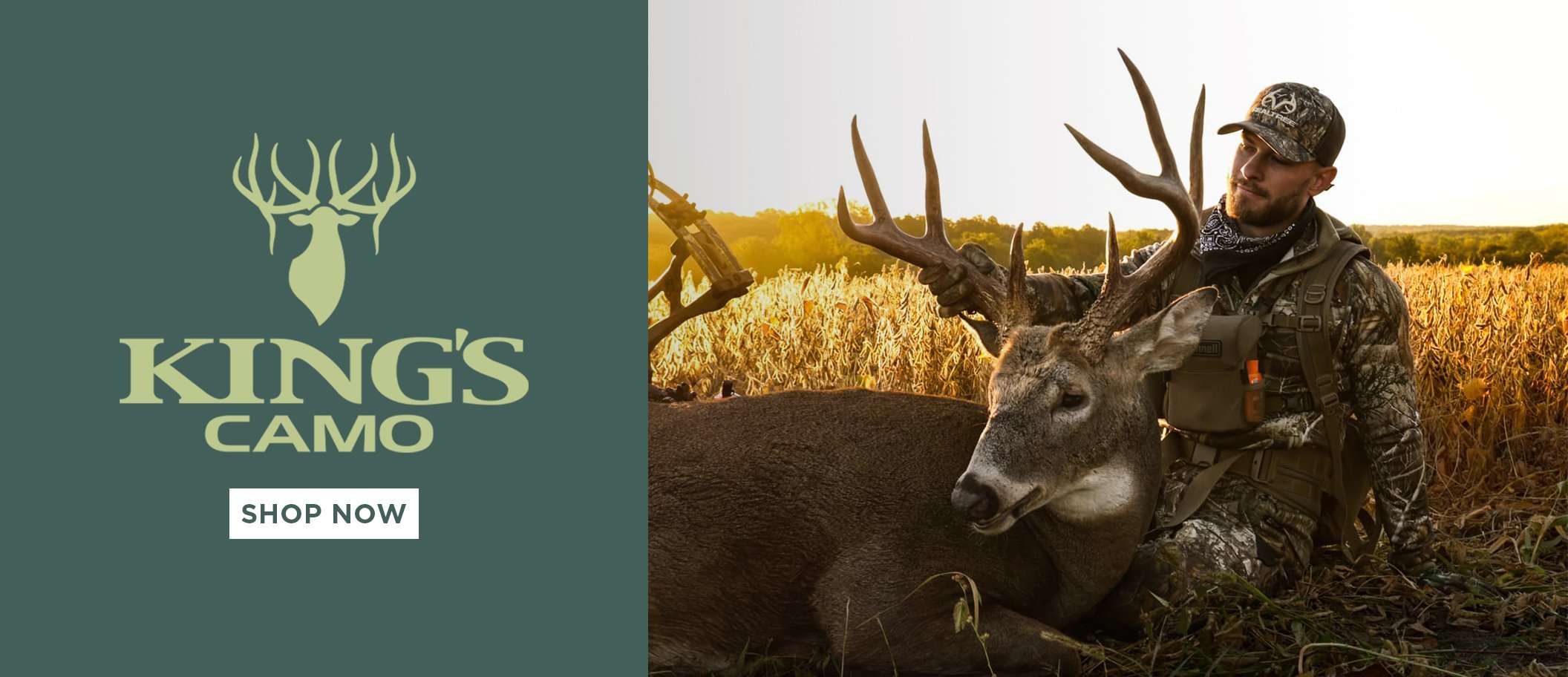Calling remains part of the heart and soul of duck hunting. So why do we goof it up so often? Here’s what the pros say

Every duck hunter loves to hammer on that call. But do we really help ourselves when we do? Photo by Bill Konway
Calling dominates the culture of duck and goose hunting, and it’s easy to see why. When done correctly, it can put birds sure-kill close. But just as often, poor or ill-timed calling can hinder a hunt. And many hunters seem to make the same mistakes again and again.
The duck pros see and hear this daily. They’re even guilty of some gaffes themselves. However, they also know how to sharpen calling into an effective tool. Here are their takes on the top duck and goose calling blunders, as well as some suggestions on how to fix them.
OVERCALLING
No spoiler alert here. Overcalling is likely the No. 1 calling mistake. Jeremy Dersham, owner of Ridge and River Running Outfitters, sees this frequently while guiding on Pool 9 of the Mississippi River.
“Most people see a bird and they immediately get on the horn and scream on their call until the birds are out of view,” he said. “Some days, birds want to be talked to until they are feet down in the decoys, but many days, they don’t need or want to hear calls being screamed into.”
Dersham believes education and experience can help hunters become better, more thoughtful callers.
“Many people struggle on what they are saying and when to say it regarding bird talk,” he said. “The best way to learn duck language is to spend as much time as possible watching them speak. That can be at a park, refuge, or during the migration. Pay attention to what they are doing and why they are doing it. Are the birds in family groups and talking? Are they loafing or feeding on backwater? Are they congregating to start the migration?”
Don’t Miss: 5 White Lies Heard in the Duck Blind
ANOTHER ELEMENT
Like Dersham, Cooper Olmstead of Habitat Flats agreed that overcalling is the top sin. He added that many hunters also call far too loud.
“Once you see birds and have them working, you get excited, and it never fails,” he said. “What do you do as a waterfowler? You start calling more and more aggressively and louder. It’s something that is terribly hard to control, especially if it’s the first and only flock you see all day.”
Olmstead said loud, aggressive calling works in some situations. However, the opposite holds true in many other scenarios.
“There’s also a time for less calling and quieter calling,” he said. “And it seems that this gets overlooked more times than not — for the worst. More isn’t always better.”
PERFECT PRACTICE
Graham Greseth, of MaXXed Out guides, also listed overcalling as the biggest blunder. (See a trend?) He said much of that probably stems from how hunters practice and prepare for the season.
“Calling is an evolution,” he said. “Hunters sit at home, in their garage or in the truck practicing their calling. There are no birds to work, so you’re usually working on sound and cadence. Typically, those practice sessions are pretty aggressive. When that’s what you’ve been doing all summer, and then you go out into the field, naturally you’re going to start calling pretty aggressively because that’s how you’ve been practicing. Callers need to work on the aggressive calls and their soft stuff equally in the offseason and then learn to read the birds so they know what to use on what days.”
OUT OF CONTEXT
Tony Vandemore, owner of Habitat Flats near Sumner, Missouri, said many hunters often call aimlessly — much like someone jabbering endlessly in a boring conversation.
“Everybody likes to hear themselves call, but it needs to have purpose,” he said. “Knowing what to say and when, or knowing when not to say a thing, is tough, and it comes from learning to read birds.”
Vandemore advised hunters to err on the side of caution.
“Less is more,” he said. “You have room to ramp it up,… if that is what the birds want. If you start out with too much, you will blow them out, and they won't come back.”
KEEPING IT REAL
Chad Belding, host of The Fowl Life, said he often sees hunters repeat two big errors.
“Some of the top calling mistakes I see daily in the field are volume and not being able to stay ducky or goosey at a low volume when the birds are closing,” he said. “And the second would be timing, as hunters are using the wrong calls and cadences at the wrong times, depending on what the flocks are doing.”
Mastering that timing — whether you’re blowing a comeback call or hitting a feeding chuckle — can be critical, and it only comes from experience, Belding said.
“This timing has to be dead on, depending on wind, light, and distance you let the birds get downwind from you before hitting them with the correct cadence,” he said.
Don’t Miss: Match the Hatch for Field Ducks and Geese










